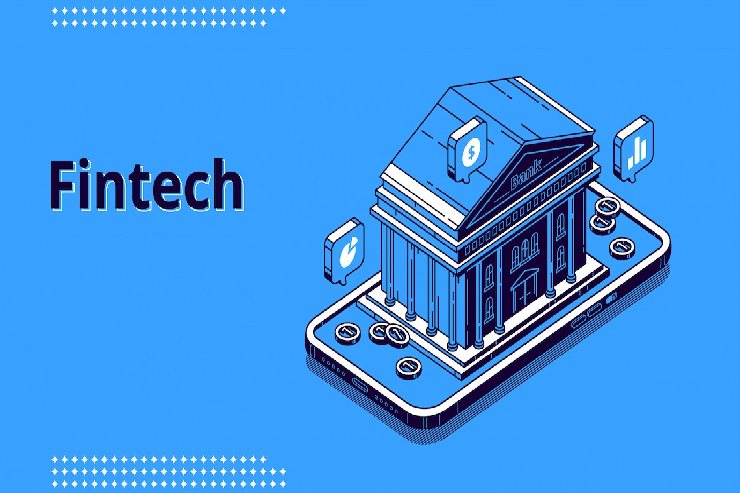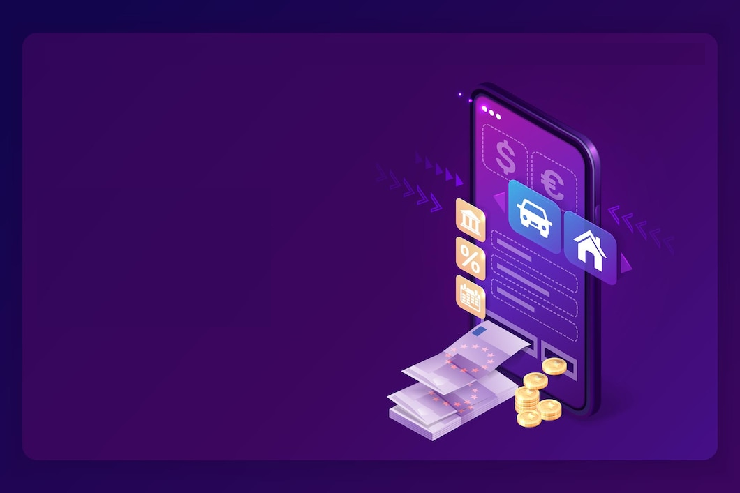
Put a question to the Gen Z or millennial age what a traditional bank does, and they could enlighten you regarding an application on their cell phone before thinking about the physical branch downtown.
Cell phones and digitalization have carried the bank to the client, any place they end up being. With the coming of embedded finance, the conventional bank is slowly vanishing from the situation as organisations become an all inclusive resource for shopping, banking, and money.
In this article, we’ll dig into the distinctions and subtleties of fintech versus banks and how embedded finance goes past the traditional monetary system to carry worth to different enterprises.
With regards to fintech versus banks, the most distinctive contrast is the manner by which they answer the market. Traditional banks are more seasoned, unbending organisations with administration, inheritance frameworks, and guidelines.
Fintechs, then again, are new and inventive. These more modest tasks are intended to be deft and responsive. Here is a more intensive glance at a portion of the ways digital banking and fintechs contrast.
What Is Fintech?
Fintech, a wallet of ‘monetary innovation,’ alludes to another flood of organisations that are reforming financial services using innovative new technologies. An economic industry or monetary industry involves organisations expected to rival the customary monetary techniques to shape the fate of banking.
It envelops a colossal scope of innovations, items, and plans of action that are meaningfully impacting the manner in which individuals pay, send cash, loan, get, and contribute. The ventures are taking on fintech as a procedure that makes the current conveyance process more proficient in each viewpoint.
For instance, in the event that you pay for something utilising your telephone, move cash utilising an application or check proclamations on the web, then you’re now essential for this multi-billion industry called fintech.
It is now switching economies up the world. It began with the monetary emergency and individuals’ doubt in the financial framework which eventually led to this monetary upheaval.

What Is Digital Banking?
Digital banking is the ideal illustration of how financial innovative technologies are moulding the eventual fate of banking through digitization. This makes one wonder – what is digital banking?
In Simple terms,digital banking is the digitization of all conventional financial exercises, where banking administrations can be profited online without being actually present at the bank.
Digital banking is a move from physical to internet, giving elevated degrees of robotization and online services by means of a web connection point or portable application. It is the capacity to get to your monetary information through portable and ATM administrations.
The term ‘online’ arose during the 1980s and initially alluded to the utilisation of a terminal, console and screen to get to the financial framework through a standard phone line. The perfection of monetary developments in banking throughout recent years has set off a change in outlook away from the customary financial model to a current digital financial environment.

What Is The Difference Between Fintech And Digital Banking?
POINT OF DIFFERENCE |
FINTECH |
DIGITAL BANKING |
| SCOPE | It is a wide term including different business models including technology in the delivery process of the financial product and service. | This is comparatively a virtual process limited to core banking activities like financial planning, online banking, digital transfers, wallets etc. |
| PROCESS | They have limited obstacles with flatter organisational structure. They use AI which helps them streamline complex financial processes and offer highly unique customer experiences centred on speed, relevance, and seamless delivery. | Digital banking conveys the inheritance foundation of cycle situated banks, banking administrative system, and a withdrawn labour force restraining their capacity to use new advances to increment functional efficiency, enhance trendy items and administrations, and address client requests. |
| CUSTOMER FOCUS | Fintech’s central reason is the client experience that was generally underserved in the monetary business by conveying trust, straightforwardness, personalization, and effortlessness to clients with expanded mechanical effectiveness. | While Digital banking comparably exists to serve quicker and further developed client experience, however that is incorporated with heritage banking which is generally centred more around trust, security, capitalization, and before cultural digitization, client lack of interest. |
| PURPOSE | Fintech new companies distinguish commercial centre holes to settle them with further developed plans of action and tech-empowered items or administrations that kill the agent to help client needs. | Digital banking’s motive is to accelerate banking processes with advanced channels to fulfil advanced shopper needs and further develop client experience. |
| TECHNOLOGY | Fintech uses technologies, for example, digitalization, man-made brainpower, AI, enormous information, distributed computing, crowdfunding stages, blockchain, and robo-encouraging to reshape the basic capabilities offered by the monetary types of assistance industry. | Digital banking uses comparative innovation as fintech like mechanical cycle digitalization, chatbots, blockchain, AI, and CRM, yet use the capability of the innovation contrastingly to reshape the physical financial experience. |
In A Nutshell
There is a considerable amount of difference between the two spaces and the hole among banks and fintech are drawing nearer together, as financial service institutions are progressively using fintech SaaS arrangements and open improvement to incorporate functional capacities to offer portable conveyance and become carefully smart.
Despite the fact that banking has a perplexing system restraining the modification of hierarchical methodology, the fuse of APIs empowers a more straightforward mix of outsider, fintech programming arrangements and elements into bank stages.
Might APIs and SaaS appropriations at any point be sufficient to smooth out their cycles and meet fintech firms? Digital banking is a significant move forward from traditional banking, however there is still far to go.
